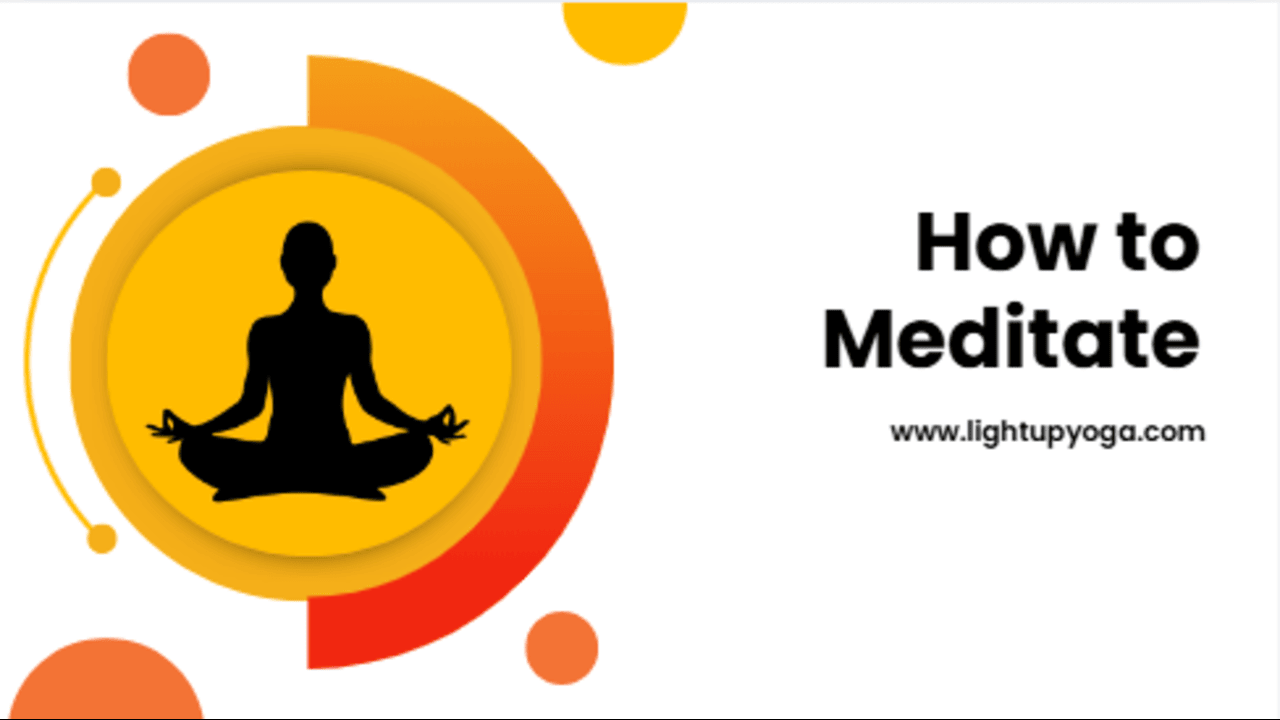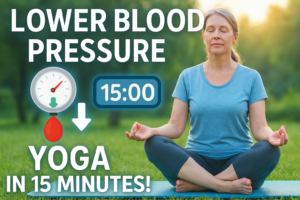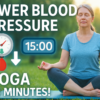Introduction to Meditation

It is a way to help calm your mind, bring your thoughts into focus, and create the peace you seek within your daily routine. Imagine it as a means of giving your mind a needed break from the constant stream of thoughts. There are a variety of ways to practice meditation; the main goal of this practice is to feel more mindful and focused. You will feel more at peace.
Remember, meditation doesn’t need to be daunting. A few minutes in a quiet place with your eyes closed can make a significant difference. So, don’t worry if you’re new to this; you just need a few simple tips to get started.
How to Meditate: The Basics
To begin your meditation for meditation, here are some easy steps:
- Find a quiet spot that suits your preferences and lifestyle. It could be a serene room, a cozy corner in your home, or a peaceful spot in the park if you’re a nature lover. The choice is yours.
- Sit comfortably. There is no need to be sitting in a particular manner. You can choose to sit in a chair, sit on the ground, or lie down if you feel more comfortable for you.
- Relax Your Eyes, Close your Breath Start by closing your eyes while focusing on your breathing. Take a deep breath, and then exhale while taking your shoulders off and letting your body let go.
- Watch What Happens When you’re sitting there, you’ll probably be noticing thoughts surfacing. Don’t worry about them; just let them pass. Imagine them as clouds floating across the skies.
Begin by focusing on a short amount of time before gradually moving to longer periods. Keep in mind that there is no “right” way to do it. It’s all about feeling what is best for you.
How to Meditate Properly
Here are a few suggestions to increase your efficiency:
- Posture is important If you can maintain your back straight but relaxed. A comfortable posture allows you to keep your focus and helps prevent physical discomfort.
- Breathe naturally. Be aware of your breathing rather than try to manage it. Notice every breath and exhale. If your mind is wandering, then gently bring your attention to your breathing.
- Be patient. There are days when you’ll feel relaxed and calm; others, you’ll be a bit agitated. That’s normal. It’s important to do it often, even if it’s just for a couple of minutes.
The following steps can assist you in enjoying meditation more and feeling the effects. Remember, meditation is concerned with surrendering control, not about achieving perfection.
How to Not Try Too Hard During Meditation
One of the most common problems when you meditate is feeling as if you are “trying too hard.” Here are some tips to relax:
- Be Free of Expectations The purpose of meditation isn’t getting into a particular state; it’s about simply being present. Don’t put the pressure on yourself to be in a certain way.
- Remember, in meditation, there’s no need to judge your thoughts. If your mind wanders, simply observe without any self-criticism. Meditation is about observation, not direction.
- Be Kind to Yourself Consider your meditation as a time to rest rather than work. Please take it in a state of relaxation, and remember that there’s no need to rush.
The practice of meditation can be challenging initially due to the fact that we’re familiar with constantly “doing” things. The aim is to just “be,” which becomes easier as you get more practice.
How to Meditate on the Word of God
Meditation on a Bible or spiritual passage can provide more meaning and connect with your religious beliefs. Here’s a quick approach to start:
- Select a passage. Select one verse or a short piece of text that you find appealing. It could be soothing, inspiring, or even something you’d like to know more profoundly.
- Read slowly and reflect. The passage should be read several times. Be attentive to any specific words or phrases that make an impression.
- Pause and Reflect After reading, you should sit in a quiet place and consider the meaning of the passage to you. Ask yourself questions such as “What does this passage mean to me? What can I do to live out this message now?”
- Finish with gratitude or prayer. End your meditation by saying thank you for the clarity or comfort you experienced.
Meditation is a personal journey that doesn’t have to be complex. The key is to let God’s words sink in your heart.
Additional Tips for a Sustainable Meditation Practice
Making a habit of meditation that lasts is simpler if you make it simple and enjoyable. Here are some helpful tips:
- Start Small: Five minutes is enough for a beginner. You can gradually increase your time as you become more comfortable. Remember, there’s no rush on this journey.
- Choose a Time that Works for You Some people like meditation in the morning, and others like evenings. Choose a time that feels normal for your lifestyle.
- Celebrate Small Wins When you sit down to meditate, remember the fact that you’ve accomplished something positive for yourself. This can help create a positive association with your practice.
Conclusion
The practice of meditation is about being more calm, clearer, and more at ease. The greatest part is that it doesn’t require any specific skills or equipment, just an open mind to explore. Begin small, maintain your attitude relaxed, and remember that every session can be valuable, regardless of what happens.
FAQs















Add comment